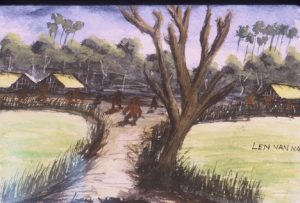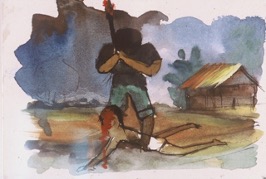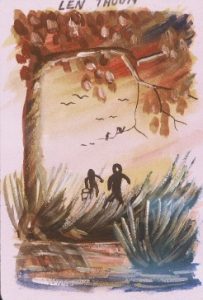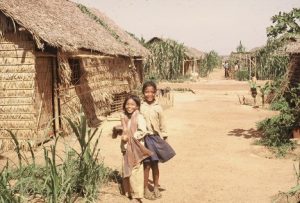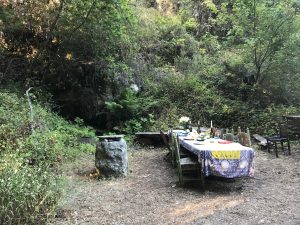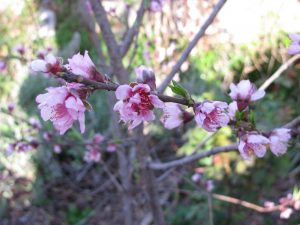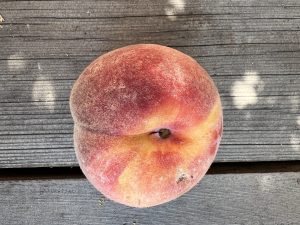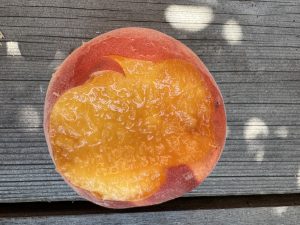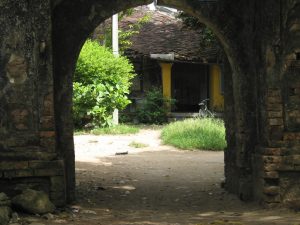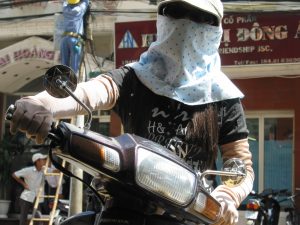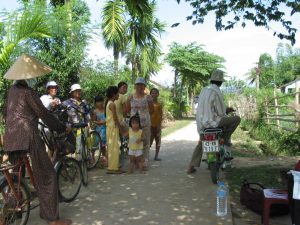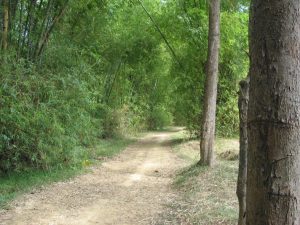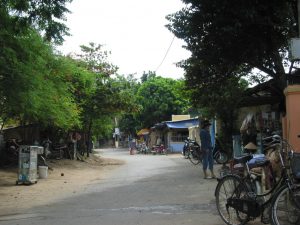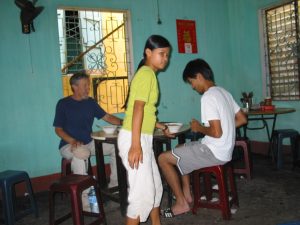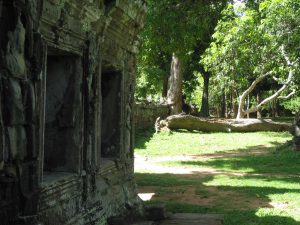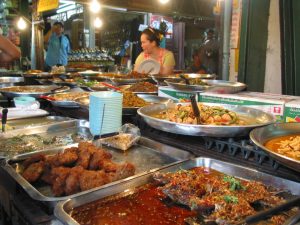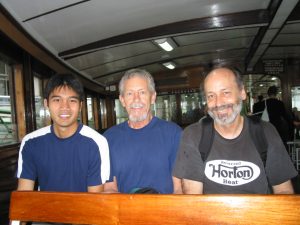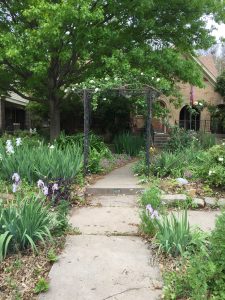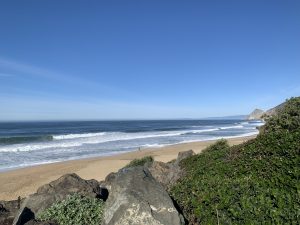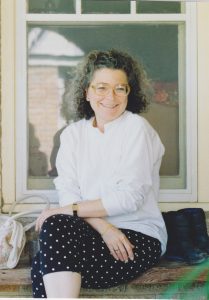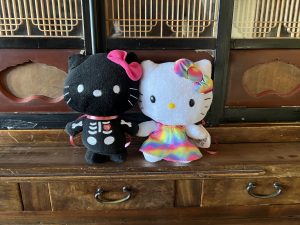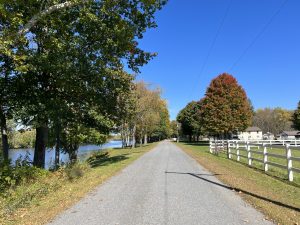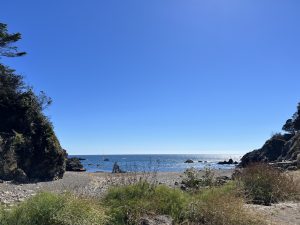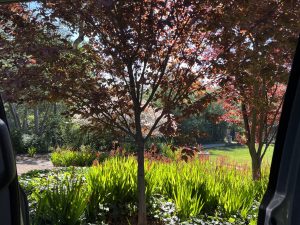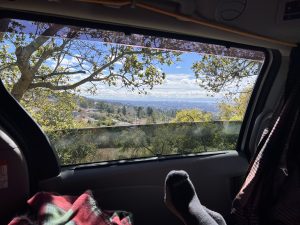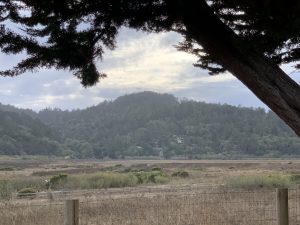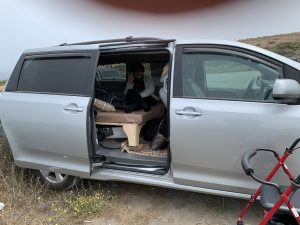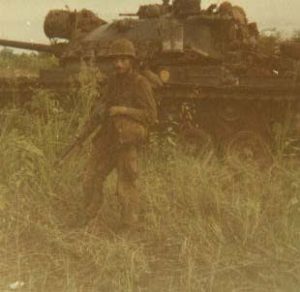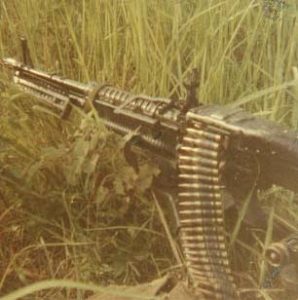I’ve Looked at Pain from Both Sides Now…
Before implementing any part of these pain management strategies you must first consult with a healthcare professional.
The purpose of this post is to give people practical tools for managing chronic pain.
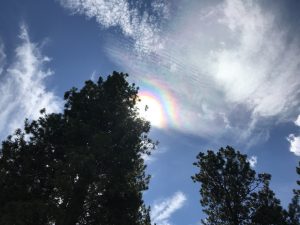
I’ve looked at pain from both sides now, from other people’s pain in hospice care and primary care to my own chronic pain experiences. Here I want to discuss how to manage chronic pain and provide background on why pain is so problematic for so many people. Discussion includes effective medical management, random tips, terms and definitions, difficulties (real and imagined) in pain management, and my background for writing. Topics are ordered from my sense of which are likely most relevant to people in my position – a pain patient. While some information and principles here apply to end-of-life care, this is written for adults with chronic pain not related to the end of life.
Reading this requires effort. Pain is a complex problem encompassing all realms of being – physical, psychological, social, environmental, and even spiritual. I tried, but often failed to keep it uncomplicated.
Remember, for chronic pain there is seldom a single answer or “magic bullet.” Pain is complex, the answers are complex, and and complete relief is very difficult to achieve.
Managing chronic pain (pain that lasts more than three months) Overall references:
- https://www.cdc.gov/opioids/healthcare-professionals/prescribing/guideline/recommendations-principles.html#follow-up,
- https://www.cdc.gov/mmwr/volumes/71/rr/rr7103a1.htm
The CDC notes that, “chronic pain can lead to impaired physical functioning, poor mental health, reduced quality of life, and contributes to substantial disability and death each year” (Reference 1 above). In the following discussion, I will cite some risks in taking pain medications. These should be understood in relation to the preceding risks of pain. In other words, there are significant risks in pain per se and in the effective treatment of pain. Some institutions and individuals have misinterpreted earlier CDC guidelines, in particular the 2016 Opioid Prescribing Guidelines so that medications are under prescribed and human suffering is increased. The 2022 guidelines seek to clarify and correct “misapplications” of the 2016 guidelines (1, 2).
In all cases, an accurate diagnosis of the cause(s) of pain is essential. Even when the cause of pain has been diagnosed, rapid worsening or onset of pain should always be evaluated by a competent medical professional.
Medications for pain
If pain can be managed with acetaminophen (Tylenol) or NSAIDS (non-steroidal anti-inflammatory drugs such as ibuprofen or naproxen), great, you’re fortunate and there is no need to read further. NSAIDS are generally more effective than acetaminophen but must be taken with food as they are irritating to the GI system. No problem – just have a few bites of non-spicy food before taking an NSAID. Note that NSAIDS should not be taken with “blood thinners.”
For moderate to severe acute or chronic pain not controlled with NSAIDS or acetaminophen, opioid medications such as oxycodone, hydrocodone, or morphine are commonly used either in immediate release (IR) formulations such as Percocet or Norco; or extended release (ER) such as OxyContin or MS Contin. Regardless of the opioid formulation, IR or ER, other medications such as acetaminophen or NSAIDS are often taken along with the opioid.
Common side effects (SEs) of opioids include respiratory depression sometimes leading to death, tolerance, dependence, nausea and vomiting, constipation, sleepiness, dizziness, depression, decreased testosterone, itching. Respiratory depression is the most significant SE and is increased in “opioid-naïve” patients with high dose opioids or concomitant use of opioids + alcohol, tranquilizers, or gabapentin. Note that even regular users may experience serious side effects from (especially) high dose opioids or mixing medications as described above. Some SEs decrease with time or adjustment of dose. Nausea is a very common early side effect and should be treated with meds such as ondansetron – usually for about 3 days. Constipation is inevitable and is treated as described below under random tips. Also see below for discussion of tolerance and dependence. Tolerance is basically inevitable. Knowledgeable clinicians will address tolerance with increased dosing or closer intervals of administration – up to a point. That point is usually if dependence develops, and even then, opioid therapy may be warranted.
(Many people are under the impression they are allergic to codeine or other opioids because they were nauseated when they first took it. Nausea is a common side effect, seldom an allergic reaction.)
In the case of neuropathic (nerve) pain, the first drugs of choice are non-opioid medications such as anti-seizure meds (e.g., gabapentin, carbamazepine) or certain antidepressants (e.g., duloxetine, Elavil). These may be combined with opioid medications and/or NSAIDS such as ibuprofen or naproxen. Combining gabapentin with opioids increases the risk of overdose, but concomitant opioid therapy may be indicated. Concomitant NSAIDS or acetaminophen are often helpful. Success in reducing pain with (for example) gabapentin alone in doses of 1200-3600 mg/24 hours ranges from 30-40%, with >50% of patients experiencing adverse effects. Common side effects include somnolence, dizziness and difficulty walking. References:
https://www.ncbi.nlm.nih.gov/pmc/articles/PMC6452908/
https://www.ncbi.nlm.nih.gov/pmc/articles/PMC6464253/,
https://www.nytimes.com/2019/05/20/well/live/millions-take-gabapentin-for-pain-but-theres-scant-evidence-it-works.html
How to manage pain
Take enough of the right medicine at dosing intervals according to the medication(s) duration of action or effect. For example, oxycodone in immediate release form such as Percocet has an effective duration of action of at best 4-6 hours, while oxycodone in the sustained release form such as Oxycontin has an effective duration of action of around 8-12 hours.
When pain is an ongoing problem the ideal situation is to take an effective dose at intervals that maintain a relatively stable state of pain relief without significant impairment. It is generally better to take medications on a schedule to prevent pain rather than waiting until the pain increases. If you spend enough time with your pain, you may discover it’s worse in the morning or late afternoon, so dosing may need to be adjusted accordingly. One person may get by with just a morning dose, while another may take an opioid only in the afternoon and evening.
Use combinations of medications such as oxycodone and ibuprofen. Oxycodone and hydrocodone are often given in pills such as Percocet or Norco containing the opioid and low-dose acetaminophen (Tylenol). Norco 10/325, for example contains 10 mg of hydrocodone and 325 mg of acetaminophen, which is equal to one tablet of regular strength acetaminophen, so this acetaminophen component is clinically negligible for pain relief. To get any pain relief from the acetaminophen component It is thus necessary to take extra acetaminophen with the total acetaminophen dose not exceeding 1000 mg 4 x day. Most first time users will definitely feel the opioid effects of hydrocodone 10 mg. In fact, the CDC recommends sometimes starting with a low dose of 2.5 mg, i.e., half a 5 mg tablet.
Note that opioids and NSAIDS act in different ways on pain. Opioids act on the central nervous system, while NSAIDS inhibit an enzyme that plays a part in pain and inflammation. The daily limit for ibuprofen is 1200 mg. Acetaminophen blocks pain receptors and the daily limit is 4000 mg. https://www.ncbi.nlm.nih.gov/books/NBK547742/#:~:text=The%20main%20mechanism%20of%20action,the%20lack%20of%20these%20eicosanoids.
Opioid dosing should be based on severity of pain, patient conditions, patient responses to treatment, and CDC or other reputable source guidelines. Dosing should be understood in terms of morphine milligram equivalents (MME). The link below discusses means of conversion. Examples of the MME of common medications/dosing:
Hydrocodone 5 mg 4 times day/24 hours MME = 20 mg morphine/24 hours by mouth or about 7 mg morphine intravenously (IV) or intramuscularly (IM)/24 hours.
Oxycodone 5 mg 4 times day/24 hours MME = 30 mg morphine/24 hours by mouth or about 10 mg morphine IV or IM/24 hours. https://www.cdc.gov/drugoverdose/training/dosing/accessible/index.html
Note that dosing of morphine or other opioids taken by mouth is different than when taken IV or IM, e.g., 10 mg morphine IV is about the same as 30 mg morphine or 20 mg oxycodone by mouth (except IV has a much quicker onset of action). https://www.capc.org/documents/download/324/
The CDC notes that there are increased risks of opioid-related harms in doses of any opioid greater than 50 MME/24 hours, especially in opioid-naïve patients and/or with concomitant use of tranquilizers or alcohol. The CDC states that clinicians should avoid “increasing dosage to more than 90 MME/day or carefully justify a decision to titrate dosage to more than 90 MME/day.” Note that when pain is severe, this caution does not preclude taking more than 90 mg MME; rather it requires “carefully justifying a decision” to go past 90 MME. https://www.cdc.gov/drugoverdose/training/dosing/accessible/index.html
In summary, for moderate to severe chronic pain not managed by non-opioid measures take enough opioid medicine at frequent enough intervals to keep the pain at bay. Combinations of opioid and NSAIDS are usually required. Other meds may also be required for neuropathic pain. In most cases, alternative methods should also (concurrently) be employed.
Random tips
The risk of falling is increased with opioid medications.
Mixing opioids with alcohol, tranquilizers, or less commonly, gabapentin increases the risks of impairment and dangerous side effects such as falling or respiratory depression.
Understand what addiction is and is not. See terms and definitions below.
The ideal is pain-free and alert – which is very difficult to achieve if you’re living a relatively normal life. But you should not be suffering and the pain should at a minimum be bearable.
Numeric pain ratings are subjective (“On a scale of 1-10 with 10 being the worst, how would you rate your pain.”), but they are what we have.
Qualify your rating, e.g., “Most of the time when I’m walking, working, or just living my life, it’s a 7. If I’m completely immobile it’s a 5.” Don’t say your pain rating is an 11 – unless you’ve been burned, have advanced cancer, are trying to pass a large kidney stone, and so on. Don’t exaggerate. Tell providers you’re not going to embellish or exaggerate anything.
Constipation is basically inevitable with opioid use. With frequent opioid use staying well-hydrated and fiber intake helps, but a stool softener and stimulant laxative are usually also needed.
Alternative methods include the below. These are not substitutes for effective medications, rather each one can be part of a comprehensive pain management regime. “All these things help some people some.” (https://www.nature.com/immersive/d41586-023-00869-6/index.html)
- Meditation – Jon Kabat-Zinn is one well-regarded source of information on pain meditation.
- Cognitive behavioral therapy (CBT) – a psychological, goal-directed approach in which patients learn how to modify physical, behavioral, and emotional triggers of pain and stress, i.e., strategies for how to deal with it.
- Certain medications for depression or for seizures, some of which can also treat pain. Note that pain often leads to depression and anxiety, hence treating these problems may help independently of the pain relieving qualities of, for example, duloxetine.
- Pain patches such as Tiger Balm.
- Interventional therapies, like steroid injection or nerve blocks.
- Exercise and weight loss. Water walking is a good option as body weight is less of a factor. PT is sometimes used.
- Hot or cold water bottle.
- Other therapies such as acupuncture and massage. Chiropractic interventions are helpful for some, but others report increased pain or injury from “adjustments.”
- Distraction or being engaged with things other than the pain.
- Maintaining social connections.
- Lifestyle adaptation responses such as simplifying meal prep, decreasing activity at times when the pain is usually worse, limiting activities that may worsen the pain, planning distracting activities around times when the pain is worse, giving medications time to work (plan inactive time between dosing and going forward with the day), doing activities likely to increase the pain at times when pain tends to be less.
- Accepting the presence of pain and concomitant life changes in a positive manner.
Personally I utilize more than half of the above measures, while trying to not have the pain or pain relief measures dominate my life.
What about marijuana, including CBD and THC? Some people find these helpful in reducing pain per se or in changing the subject from the pain to being stoned. I am skeptical of some of the claims of the more messianic advocates.
Terms and definitions (https://www.cdc.gov/opioids/basics/terms.html)
Chronic pain: Pain that lasts more than 3 months.
Neuropathic pain: “Nerve pain” or pain from insult to the nervous system. Neuropathic pain is burning, tingling, stabbing, or shock-like. Pain classified as neuropathic includes evoked pain, which is pain from stimuli that ordinarily would not cause pain, such as touching or brushing against skin. Diabetic neuropathy, post-herpatic neuralgia, alcoholism, and HIV are some common causes of neuropathic pain. The other major class of pain is somatic pain or pain from the body other than nerves (see following).
Somatic pain is “characterized as well localized, intermittent, or constant and described as aching, gnawing, throbbing, or cramping” and arises from the skin or musculoskeletal system. (https://www.ncbi.nlm.nih.gov/books/NBK12991/)
Visceral pain is “poorly defined and diffuse and commonly described as deep, gnawing, twisting, aching, colicky, or dull.1 It is usually associated with autonomic features (e.g., sweating, nausea and vomiting) and highly emotional (e.g., anxious, feeling of impending doom)” (From the American Academy of Physical Medicine and Rehabilitation: https://now.aapmr.org/differential-diagnosis-and-treatment-of-visceral-pain-in-the-pelvis-and-abdomen/
Opioid: Substances that “interact with opioid receptors on nerve cells in the body and brain, and reduce the intensity of pain signals and feelings of pain” (CDC, 2). Examples include morphine, Dilaudid, oxycodone, hydrocodone, codeine, and of course, the mother of all opioids, opium. Fentanyl is a synthetic opioid and Tramadol is similar to opioids.
Tolerance: Decreased therapeutic response to opioids. Tolerance is an expected phenomenon that builds over time. To counteract tolerance opioid dosing is increased most commonly in amount, but also in frequency of dosing.
Dependence: when the body adjusts its normal functioning around regular opioid use. Unpleasant physical symptoms occur when medication is stopped suddenly.
Addiction: Addiction occurs when attempts to cut down or control use are unsuccessful or when use results in social problems and a failure to fulfill obligations at work, school, and home. Opioid addiction often comes after the person has developed opioid tolerance and dependence, making it physically challenging to stop opioid use and increasing the risk of withdrawal.
Nausea and vomiting: As noted earlier, nausea and vomiting from opioid use is common and occurs most often in the early days of therapy and is readily treated with anti-nausea drugs, especially ondansetron (Rx only).
Constipation: “Chronic constipation is infrequent bowel movements (fewer than 3/week) or difficult passage of stools that persists for several weeks or longer.” https://www.mayoclinic.org/diseases-conditions/constipation/symptoms-causes/syc-20354253. Treatment should be focused on prevention and includes a high fiber diet and plenty of water. Fiber and water are usually not enough and a combination of stool softener and stimulant laxative may be needed.
Why is it so difficult to treat pain effectively?
Chronic pain is a complex physical problem that is incompletely understood and the patient experience is subjective, i.e., there are no labs or images that necessarily confirm that pain is present or absent. Also, the mainstay of effective treatment for moderate to severe pain is opioid medications and opioids have several drawbacks, including significant side effects, cultural influences, and legal issues. Moreover most physicians are not well-trained in pain management and the aforementioned CDC 2016 guidelines have been widely misinterpreted (see CDC 2022 guidelines for further discussion of this).
A personal note: I was talking last year with a physician who has been involved in almost 200 medically assisted deaths. He told me that none of those patients were in hospice care and seeking release because of pain. In other words, hospice is able to manage pain effectively – and so can you, at least tolerably.
Background related to writing this
I was the founding Director of the VNA Home Hospice, the first hospice to provide care in Texas. I have studied pain and have written a book (published by Lippincott) on end-of-life care and have written related articles and chapters in journals and texts. I have cared for a number of patients with pain. I have had chronic pain for several years.
End Notes
Existential philosophers and therapists emphasize the importance of confronting the basic conditions of existence, which include suffering. By deeply reflecting on pain, one can grapple with profound existential questions and perhaps arrive at a deeper understanding of life’s meaning.
Consistent communication with healthcare providers is vital when adapting one’s life to manage chronic pain. Some, but not all can provide guidance tailored to individual needs and conditions. It’s also important to remember that what works for one person might not work for another; finding the right combination of treatments and adaptations often requires time and experimentation.
